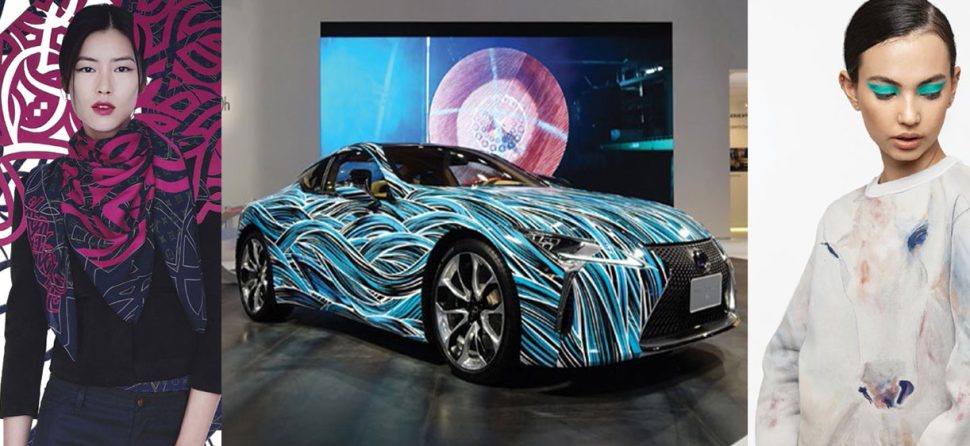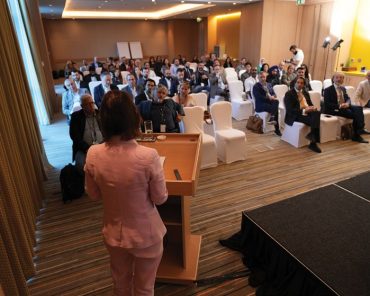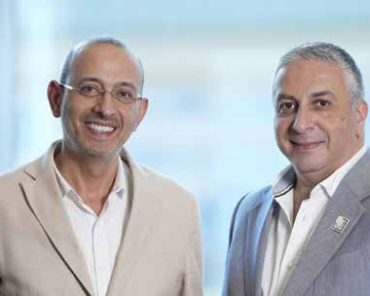Art Licensing in the Middle East
By Adeeb Alghoufary
Art Licensing in the Middle East
Introduction: The brand licensing industry is vibrant and expanding. The leasing of intellectual property rights by brand owners to manufacturers or retailers has become a robust ecosystem for producing and marketing products adorned with prestigious, recognizable brand names, logos, and characters. According to Licensing International, the industry has experienced an impressive annual growth rate of 8%, having exceeded a third of a trillion US dollars in total value in 2022. This success demonstrates the power of branding as consumers forge emotional connections with select trademarks and copyrighted properties. Art licensing stands out as a dynamic sector within the wider brand licensing marketplace thanks to innovative strategies employed by cultural powerhouses such as New York’s Metropolitan Museum of Art (The Met) that are democratizing access to art. Through licensing, art can be seamlessly integrated into daily life in consumer products, thus deepening and diversifying consumers’ engagement with it. Licensing agreements increase the visibility of art, linking cultural heritage with modern consumer culture. This form of branding can thus play a transformative role in fostering a connected and inclusive cultural dialogue
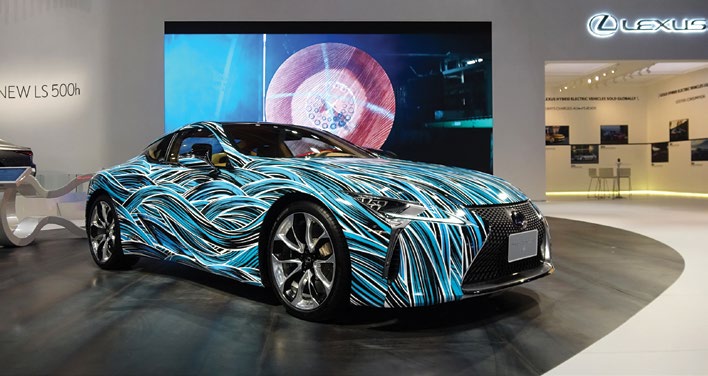
Art Licensing in the Middle East: The Middle East is a unique and dynamic landscape for the art licensing industry. Art is central to the region’s cultural identity, having long served to reflect its complex histories, diverse cultures, and distinct traditions. From the sophisticated calligraphy and geometric patterns of Islamic art to contemporary abstract and realist works capturing the evolving socio-political situation, the art scene in the Middle East is as diverse as the people who live there. This deep-rooted cultural significance makes art well-suited for brand licensing that transforms traditional and contemporary works into accessible consumer goods for the domestic market as well as products that enrich global markets with the essence of Middle Eastern heritage. Amid ongoing efforts at economic diversification in the region, particularly in the Gulf Cooperation Council (GCC) countries, the art sector plays a critical role in broadening the economic base beyond petroleum products. The United Arab Emirates, Saudi Arabia, and Qatar are among the countries actively nurturing domestic creative industries, including art and design, because of their potential contributions to economic growth and soft power diplomacy. By integrating art licensing into broad economic strategies, these countries leverage their rich cultural legacies to enhance their competitive edge on the world stage, attract international tourists, and stimulate local and regional economies. The relationship between cultural preservation and economic development is symbiotic, with institutions such as museums and art galleries both promoting cultural exchange and generating revenue for themselves and artists. Among the countries just mentioned, the United Arab Emirates, known for flagship cultural projects such as the Louvre Abu Dhabi, the Guggenheim Abu Dhabi, and Dubai’s Museum of the Future and Alserkal Avenue, has positioned itself as a global arts hub with a thriving market for licensed art products ranging from high-end collectibles to everyday items. Saudi Arabia, through its Vision 2030 and other efforts to nurture its cultural sector, has launched numerous initiatives to promote domestic art and Arab art generally on a global scale, often through licensing agreements. In Qatar, investment in institutions such as the Museum of Islamic Art and the National Museum of Qatar has been reinforced through the hosting of major events such as the landmark “The Shape of Time: Art and Ancestors of Oceania” exhibition featuring some 120 works from the Met’s unparalleled collection that tell the story of creative expression and innovation over the centuries throughout the Pacific Islands. All of these activities showcase the commitment to blending cultural heritage with modernity in ways that drive the demand for licensed art products.
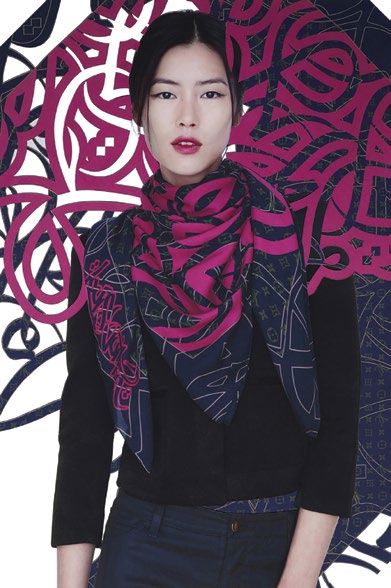
Key Players and Collaborations in Middle Eastern Art Licensing The synergy of distinguished artists, visionary licensors, and trailblazing licensing agencies supports the thriving Middle Eastern art licensing market. These individuals and entities are at the forefront of the transformation of art into licensed products with which consumers connect deeply as a result of the effective marriage of artistic innovation and commercial appeal. Collaborations with global brands including Nike and Lexus have helped the work of artists such as Marwan Shakarchi, better known as Myneandyours, to achieve worldwide recognition. Similarly, eL Seed’s unique calligraphic designs featured in the high fashion of Louis Vuitton’s Autumn/ Winter 2013 collection, exemplifying the universal appeal of Middle Eastern artistry. Markettcom stands out as a key facilitator in the introduction and growth of art licensing. The firm is adept at navigating the complex world of copyright and brand collaboration to bring Middle Eastern art to households worldwide. Collaborations with international institutions such as the Met as well as regional artists such as Jamal Joratli have significantly raised the bar for the quality of licensed products from luxury home décor to wearable art and digital content. Such partnerships not only increase the global footprint of Middle Eastern art but also underscore the cultural and economic impact of the art licensing industry in the region. Another example of effective collaboration is the relationship forged between the Met and the prominent UAE-based window and wall décor manufacturer Sedar Group. Through a strategic licensing agreement, this alliance has brought to market an exclusive line of products adorned with images from the Met collection. This innovative venture not only expands access to art by integrating it into everyday spaces in the Middle East but also significantly enhances the market visibility of the entities involved. This program exemplifies the capacity of regional collaborations to bridge the gap between art appreciation and consumer engagement, thereby enriching the cultural and economic landscape.
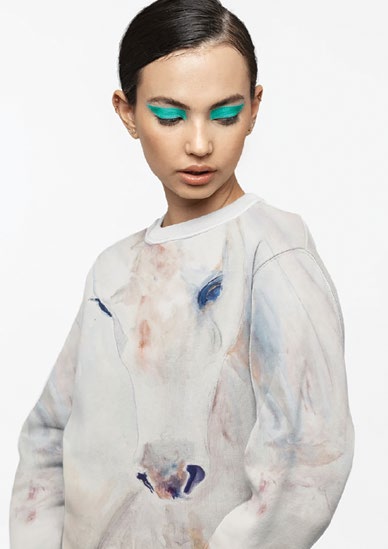
Challenges and Opportunities in Middle Eastern Art Licensing: The Middle Eastern art licensing sector presents distinct challenges and remarkable opportunities, particularly given the intricacies of intellectual property rights and copyright issues. The region’s legal frameworks regarding intellectual property are constantly evolving, creating a complex environment in which artists and licensors alike need a thorough understanding of the local regulations to protect their creative endeavors. For newcomers to art licensing, breaking into the market presents challenges in terms of establishing credibility and forging partnerships in a competitive arena that often favors well-established names. For those able to navigate these obstacles, the Middle East offers an unparalleled wealth of opportunities. Especially notable in this regard are high-profile regional events such as Art Dubai, Abu Dhabi Art Fair, and the AlUla Arts Festival that highlight the rich cultural and artistic heritage of the region and showcase the vibrancy and diversity of Middle Eastern art for a global audience. Technological advancements and the advent of artificial intelligence (AI) have made available innovative solutions to the challenges associated with protecting intellectual property. Seminal, a leading force in art copyright technology, exemplifies this progress with its AI-driven platform designed to empower artists and estates. By ensuring that creators receive due attribution and compensation for their work, whether reproduced physically or digitally, the firm has positioned itself as a vital ally in the protection of intellectual property within the art licensing domain. This forward leap in overcoming copyright complexities offers a solid foundation for bolstering the expansion and sustainability of creative communities in the Middle East.
Conclusion: Art licensing in the Middle East merges rich heritage with modern innovation, propelling regional art onto the global stage and demonstrating the power of collaboration to break through traditional barriers to make art universally accessible. The expansion in the sector transcends mere commercial growth by celebrating the vibrant tapestry of Middle Eastern culture internationally. Continued success requires leveraging technology, cultivating meaningful partnerships, and understanding the legal frameworks. As the Middle East becomes an increasingly important hub for art licensing, it solidifies its artists’ influence in the worldwide art market. This evolution points to a future in which regional art, in its myriad forms, is increasingly available and valued across the globe, enriching cultural dialogues and connectivity among diverse communities.
Facebook
Twitter
LinkedIn
Source: Total Licensing 2024 Summer Edition
By Amer Bitar Markettcom Ltd CEO
CONTACT
Sheikh Zayed Rd, Rawdat Al Wasl Building, Office 310. Dubai, UAE


